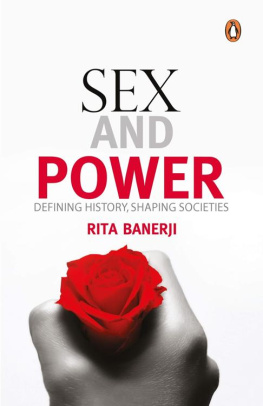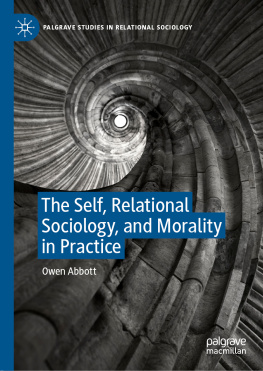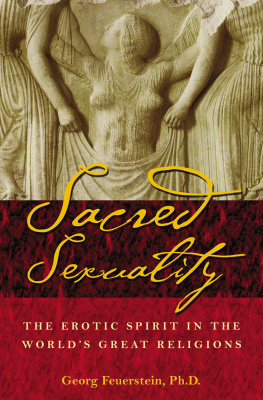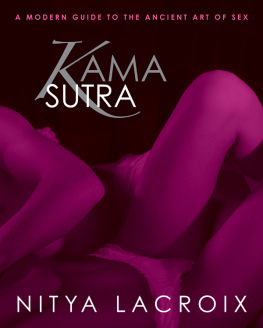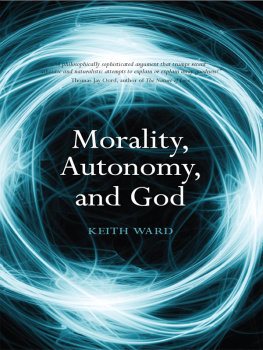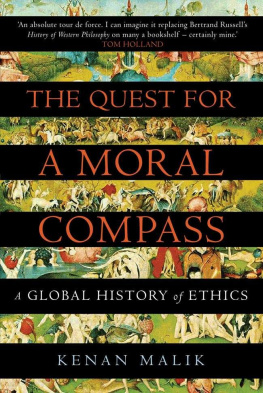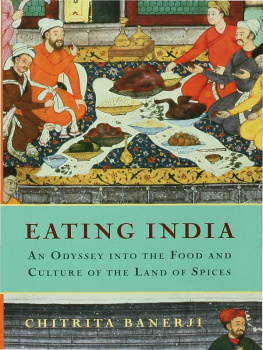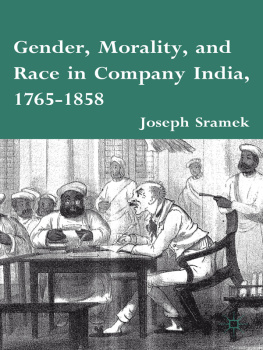RITA BANERJI
Sex and Power
Defining History, Shaping Societies
PENGUIN BOOKS
CONTENTS
I
THE VEDIC PERIOD: SEX AS A SACRED DUTY
II
THE BUDDHIST PERIOD: SEX AS A PRISON
III
THE GOLDEN PERIOD: SEX AS SALVATION
IV
THE COLONIAL PERIOD: SEX AS SHAME
V
THE DEMOCRATIC PERIOD: A SEXUAL PARADOX
PENGUIN BOOKS
SEX AND POWER
Rita Banerji was raised all over India (in about thirteen towns and cities) and then moved to the United States, where she lived for eleven years, studying and working in the fields of ecology and the environment. She is currently based in Calcutta, where she works as a freelance writer and photographer. Her works have been published in The London Magazine , New Orleans Review , The Word Worth Magazine and The Review-Asia Magazine .
Rita Banerji is the founder and chief administrator of the online campaign The 50 Million Missing, at www.50millionmissing.in, which is soon to be set up as an NGO in India.
With much shame
to the millions of daughters
that India discarded
most unlovingly
Introduction
Languorously sensual and of exquisite form, men and women in stone on ancient Indian temple walls engage in explicit and imaginative love-making, in an array of intriguing poses. The atmosphere they evoke is of such immediacy that even now, more than a thousand years since they were first conceived, they retain the power to speak unabashedly and eloquently of the carnal passions of the human race.
A man caresses his delighted lovers naked breasts with a lotus bud.
Every year, thousands of visitors from India and abroad contemplate these temples and respond in ways that are just as variedfrom awe and disbelief to voyeurism and bewilderment, sometimes, even disgust. But while the world regards these monuments like oddities on the Indian landscape, quite a few Indians wish it would divert its attention towards other equally splendid but more asexual aspects of Indian history. Aiming their indignation at foreigners and intellectuals, they remonstrate: Why should people be so obsessed with these sculptures when India has so much more to offer?
The answer could not be more self-evident. For how many civilizations of the world have been so inspired as to portray human sexuality with such artistry, elegance and candour, not just as a primal passion, but also a refined science and a cultivated art form? But even more significantly, what makes these temple sculptures particularly fascinating is how their very existence poses a challenge to the moral climate of contemporary Hinduism.
Even though these temples are a product of Hindu culture, no architect in India today would dare construct a temple or for that matter any public building along similar erotic lines. It would be considered sacrilegiousa disregard for public sentimentand in all likelihood, given Indias recent socio-political climate, could catapult the masses into a state of violent agitation.
So it is little wonder that a section of Indians find these relics more than just a bit disconcerting. These temples are an embarrassment, incongruous with nurtured concepts of Hindu religious sanctimony. And they are much too palpable to wish away. Hence many modern Indians would rather have them understated than re-examined and reworked into the fundamentals of their social fabric. In fact, Mahatma Gandhi, the messiah of celibacy, had wanted organized bands of his devotees to storm these historic temples and obliterate the offensive sculptures.
On the other hand, these temples have enthralled scholars and intellectuals, many of whom have attempted to understand the philosophy behind the eroticism of these sacred monuments. They have mused over myths and lore, such as the one that avers that the sculptures were meant to stun the vestal sensitivities of the virgin goddess of lightning so that she would not strike the temples.
However shocking the use of such explicit erotica in temples may be for some people, it would still be a mistake to regard these temples as anomalies of time or the remnants of some passing quixotic phase in Indian history. These sculptures, in fact, represent a trend that lasted for more than a millennium.
Between 100 BC and AD 1500, such temples were built all over India, the walls decorated with some of the most blatant depictions of sex ever to adorn a place of worship.
Yet, whatever these temples may or may not say of their times, they do make a statement on the mindset of todays societies. After all, art serves as a double-sided mirror, embodying as much the creator as it does the beholder.
And so it follows that the question we should really be asking is not what these monuments say of their time, but how they speak to the social, the sacred and the moral ethos of our times. What we need to ask is why sex is such an odious subject in our contemporary world that we are dumbfounded by these historical sculptures? Why was the depiction of erotica on temple walls permissible a thousand years ago but not today? What causes this shift over time in a societys perception of sexual permissibility and moral precepts? And what role does religion play in this change? These are some questions that will be examined in this book.
THE MALIGNED SERPENT
The wall of contempt between the sexual and the sacred is not limited to modern Hinduism. Most dominant world religions today regard sex as blasphemous and obscene, something to be ostracized from the spiritual realm. At best, they might acknowledge it at arms length like a filthy, malevolent creature that must be tolerated so that the wedded can procreate.
Sex is the pariah dog that roams the streets. The pagan outside the sacred walls. A dirty, titillating, though still indispensable contrivance. The lure of sex remains that of the maligned serpent, flashing the illicit fruits of temptation, draped over television screens and luscious magazine covers, or cloaked in humour to slickly engage an aroused audience in a covert act of sin. It is always devoid of the reverence, the faith, the dignity and the sanctification ascribed to the lofty altar of God.
However, there is no denying that sex underlies human existence. And if human life is sacred, how can sex not be? Why should sex not be enwrapped in holy robes and set up on the altar alongside faith, love and God?
The question is not rhetorical, for it is extremely pertinent to many of the cataclysmic issues challenging the world today. These include AIDS, contraception, population explosion, abortion, homosexuality, gender disparity, unwed parents, teenage pregnancies, sex education and sex work. The warped vision that dissociates the sacred aspects of life from the sexual acutely compounds many of todays social problems and even instigates some of them.
The moral edicts pronounced by religious institutions on sex or sex-related issues continue, even in the twenty-first century, to have either a direct or surreptitious grip on the way most societies think and function. With the exception of a dozen or so nations, the affiliation between governance and religiosity continues even today. It is a pronounced connection for most countries, including those with secular constitutions that proclaim the separation of religion and state.
Legal systems universally assume religion to be above the law, as evidenced by the practice of having witnesses testify under the oath of a religious digest. In most nations, the laws that continue to define social boundaries with regard to homosexuality, marriage, divorce, pornography, dress code, nudity, adultery, prostitution and abortion are direct religious injunctions.

